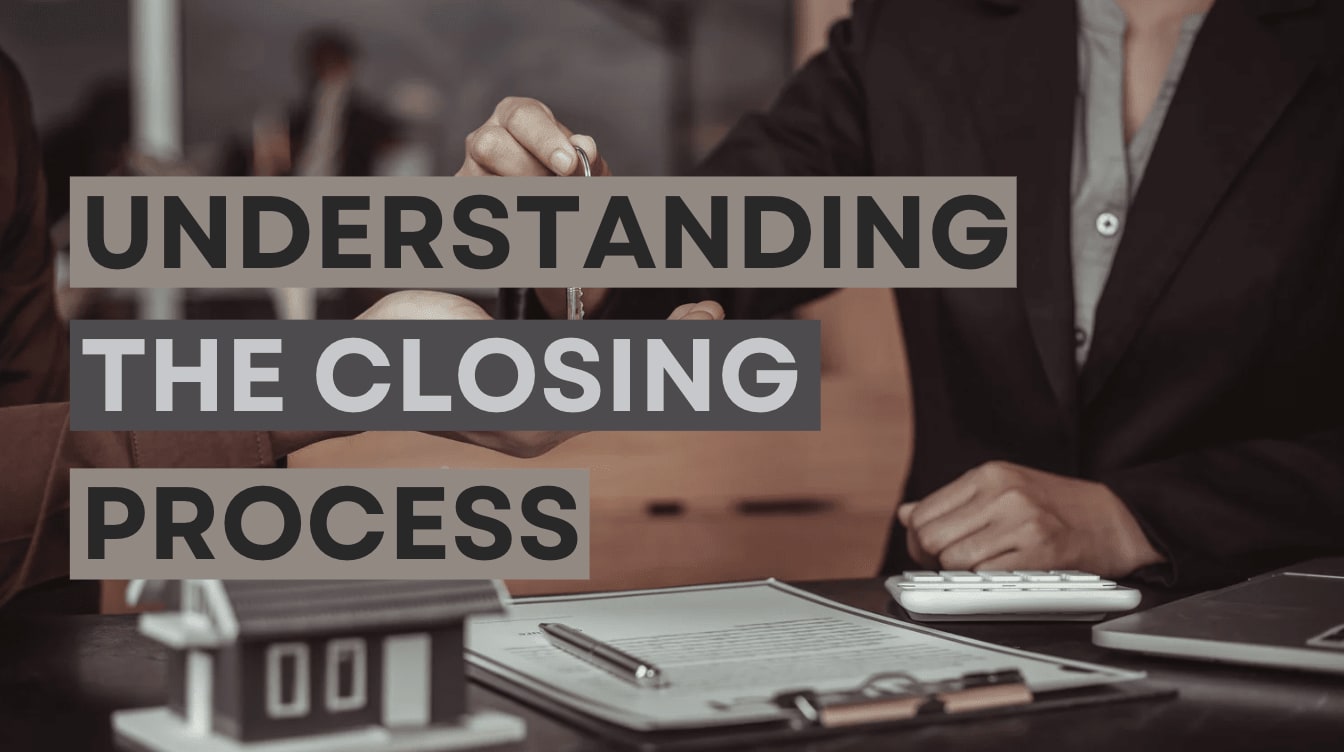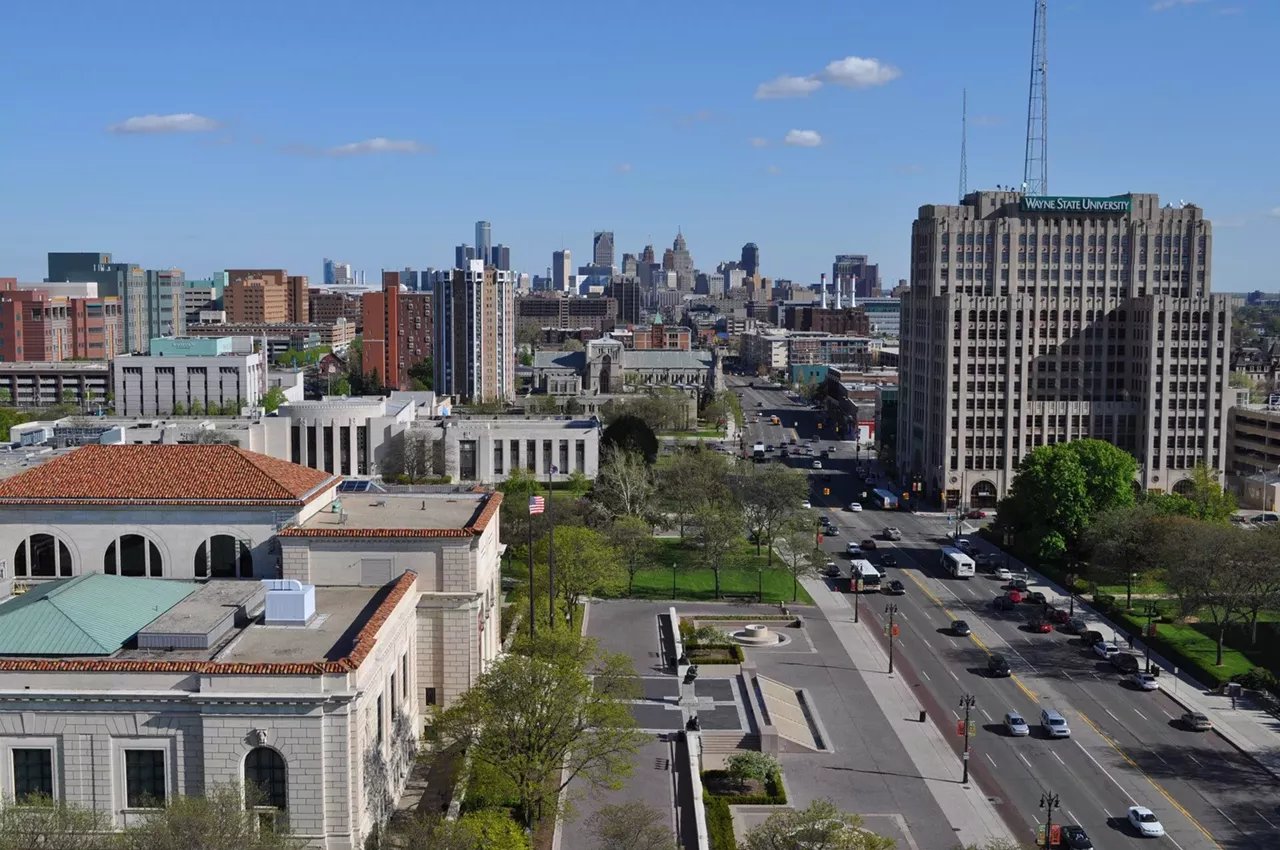Congratulations! After an exciting journey full of house hunting and what can sometimes feel like never-ending negotiation, you’ve finally found your dream home!
But before you can pop the champagne and move in, there’s an essential step at the end of every home-buying process that is unavoidable and oftentimes confusing for someone who doesn’t know the intricacies of real estate—the closing.
The closing process is the final step where all the paperwork is signed, funds are allocated and transferred, and ownership of the property is officially turned over to you. Our goal is to explain the process fully once your offer has been approved, so that the next time you’re on the house hunt and think you found your forever home, we can ensure you complete the closing with ease.
Step 1: Review the Closing Disclosure (CD)
The closing process typically begins with receiving the Closing Disclosure from your mortgage lender after your offer on the home has been accepted. This document outlines the final loan terms, including the amount of the loan, the interest rate, the closing costs, and any other fees associated with lending. Reviewing and going over this document carefully to ensure that all the details align with your expectations and previous loan estimates is imperative to move forward.
Step 2: Gather Necessary Documentation
Prior to the final closing meeting, make sure to have gathered all the required documentation being asked of you. Things such as your government-issued identification, proof of homeowner’s insurance, and any additional paperwork requested by your lender or closing agent.
Step 3: Home Inspection and Appraisal
Once you’ve reviewed the Closing Disclosure and gathered all the necessary documentation, typically there is a professional assigned to conduct an inspection on the property, assessing its condition. They will thoroughly examine the house for any structural issues or repairs that need to be fixed. The lender will also require an appraisal to determine the fair market value of the property. Both of these steps are crucial to closing, and are to ensure you’re making a sound investment.
Step 4: Schedule the Closing Date
Next you’ll want to hone in on the date you want to close on the home. Usually this is an agreed upon date among all the parties involved—the buyer, the seller, the listing and buying agents, and sometimes a representative from the title company.
Step 5: Conduct a Final Walk Through
Before the closing day approaches, it’s customary to, with your buying agent, take a walk of the property. This final walk through is the perfect opportunity to ensure that the property is in the same condition as when you made the offer and that any negotiated repairs have been completed in that time. You would hate to move in and find out that some electrical or piping work hadn’t been finished that you planned to have done, this is the time to be comprehensive! Be thorough and intricate.
Step 6: Attend the Closing
On the scheduled day you chose for the closing date, all parties involved will meet together to complete the transaction. This meeting typically takes place at the office of the buying agent or the title company. During this meeting, you will sign all the necessary documents, including, but not limited to, the mortgage note and the deed to the home. This is also when the floor will be open for any lingering questions you may have.
Step 7: Pay Closing Costs and Down Payment
At the closing meeting, you will also be asked to pay the closing costs and the down payment on the home right then. Closing costs are customary, they include fees for things like the title search, appraisal, attorney services (if needed), and other related expenses that accrued during the buying process. Ensure that you have the funds available for these payments upon your arrival to the closing meeting.
Step 8: Transfer of Ownership
Once you’ve signed all the paperwork and all the funds have been transferred, the property’s ownership is officially transferred to you! You’ll get the keys to your new home and voila, you’re a homeowner! But it's not 100% smooth sailing from there just yet.
Step 9: Recoding and Title Insurance
After the closing and the transfer of ownership, the deed will be recorded with the appropriate government office, establishing your legal ownership of the property. Additionally, you will receive a title insurance policy to protect you from any potential ownership disputes or title defects that may arise in the future.
Step 10: Celebrate Owning a New Home!
Now that the closing process is complete and you are in possession of the keys, it’s time to celebrate! Take a moment to relish in your achievement and start making forever memories in your new home!
The closing process is the final step of what can be an arduous process, where all the pieces finally come together to completion. The journey to homeownership is not easy! Understanding the step-by-step process ensures that you’re well-prepared and confident during this crucial phase of your home buying process. With the guidance and expertise of the buying agent or title company, you can successfully navigate the closing process and take the keys to your new home with a bright smile on your face!
Cheers to new beginnings and a bright future in your new home!






































































































